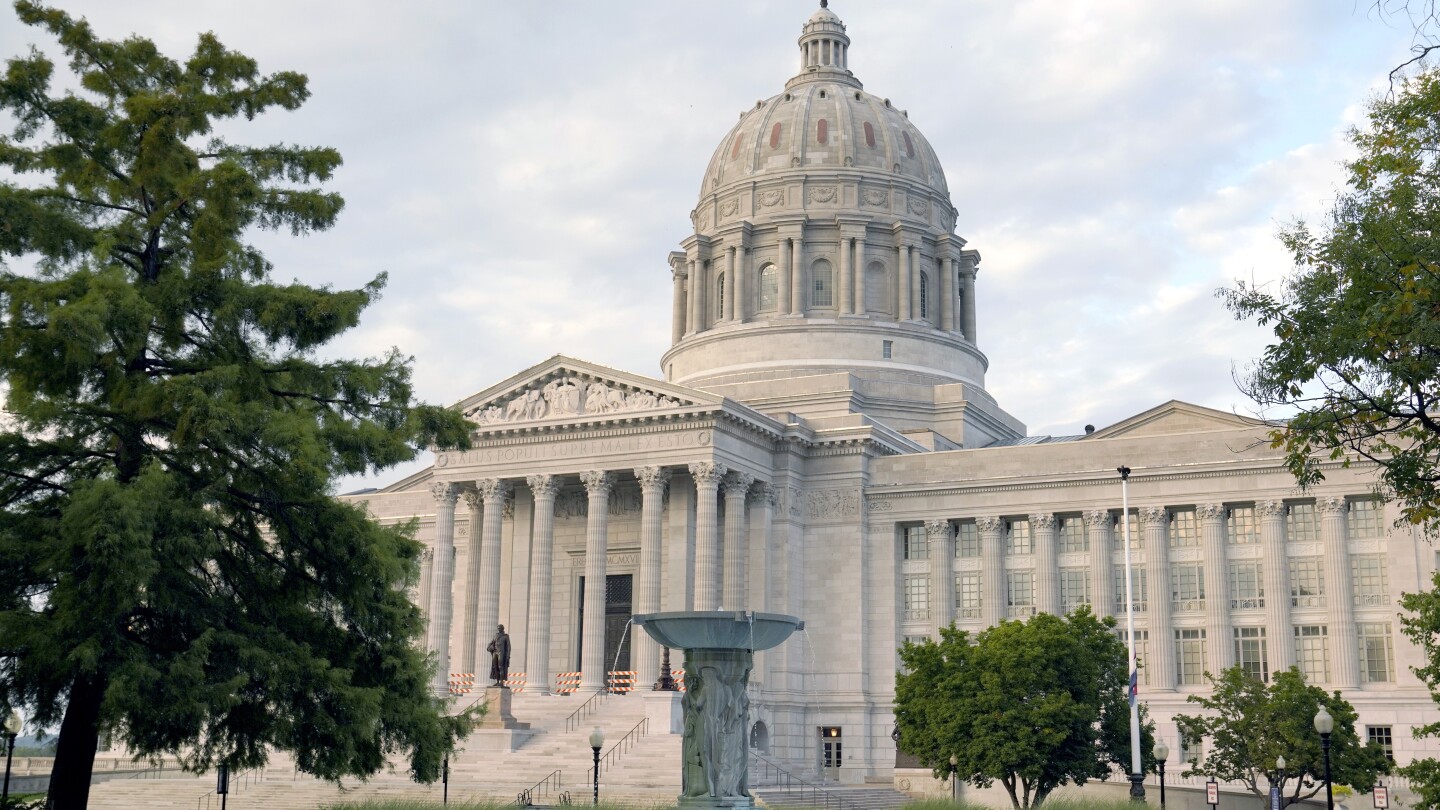Education & Training
FireRescue1’s firefighter education and training topic features information and resources for fire and rescue professionals, including content that supports ongoing professional development and enhances training efforts, whether online, in the classroom or during hand-on training evolutions.
The 1–10 rating system sounds objective, but it’s vulnerable to personal bias and apathetic evaluators, while lacking any actionable path for growth
The chief gave Zam the boot to go back to school two years ago – and he did
The bill would cover tuition for firefighters, paramedics and other first responders after six years of service and their dependents after 10 years
The app can warn first responders of hazards along routes as well as leverage additional data to allow greater flexibility in timely situations
FEMA-run Shaken Fury gives emergency responders the opportunity to build relationships and improve their actions in a real emergency
The firefighter recruits help an officer that was trapped in an unmarked Worcester police cruiser involved in a three-car crash
The new training complex will feature a three-story, multifunction fire training simulator scenario, a modern classroom building and smoke maze building
The fire department has two of the devices and has seen an 11 percent increase in the patients restored to spontaneous circulation since they’ve had this tool
Preston Superintendent Roy Seitsinger incorporated health training into staff professional development last year, including CPR and bleeding control classes
The badge is the same that his father, Fire Chief Dale C. Herman, put on when he first became a city firefighter 33 years ago.
Certified community paramedics are improving patient health care and reducing costs through community home visits
South Central Iowa Community Foundation awards grants to organizations from all over Union County from a distribution of gaming revenues and the Union County Endowment Fund
A town hall audience of about three dozen fire company representatives opened up with questions, gripes and suggestions in a wide-ranging, two-hour exchange
The grant is funded by the Federal Aviation Trust Fund, which uses taxes collected from airline tickets to support U.S. airline capital and operational costs
The webinars will cover security for places of worship and how to prepare for complex attacks
Use these scenarios to practice monitoring air consumption, operating the SCBA in PPE and buddy breathing
Take whatever steps are necessary to recruit, retain, educate, hire, consolidate or reevaluate
Under the program, students earn nearly 60 college credits – amounting to nearly two years’ worth of work – while attending high school
Permanently discontinuing water use would effectively shut down the facility, a known point source for PFOS and PFAS contamination stemming from the use of firefighting foams
NFPA offers free online training to help responders keep pace with the surge in alternative energy technology
Students learned several vehicle-rescue techniques, including how to safely knock out windows and how to properly use the Jaws of Life to remove doors
More firefighter near-miss reports are expected from these facilities with unique hazards to employees and firefighters
A small-town volunteer fire department makes changes to reduce exposure to carcinogens after losing one of its founders to cancer
Weak links negatively impact our ability to properly serve our community as “superior servants”
Graduates could enter the workforce as emergency medical technicians or continue their education in Sinclair’s Fire Academy program
Instructors tout the inaugural program as cost-effective, incorporative of department-specific techniques and convenient for recruits
Alaska Sen. Lisa Murkowski sat down with FireRescue1 to discuss the needs of fire leaders, and how to ensure resources are available for wildfire prevention and disaster relief
Firefighters learned proper maneuvering in a boat, shore-based operations, defensive swimming, victim pickups from the water and how to paddle
Butler County mental health professionals have started countywide crisis intervention training to help first responders handle situations involving suspects with mental illness
MOST POPULAR
- Chief ousted in cheating scandal vents about Cal Fire’s ‘secret police’
- Video: N.J. house fire highlights 4 lessons of fireground water supply
- LODD report: Maine fire capt. died saving firefighter trapped in apartment fire
- Pre-planning and fire safety advocacy: The legacy of the Grenfell Tower fire
- The ‘War Years’: A brief history of the 1970s fire service

























